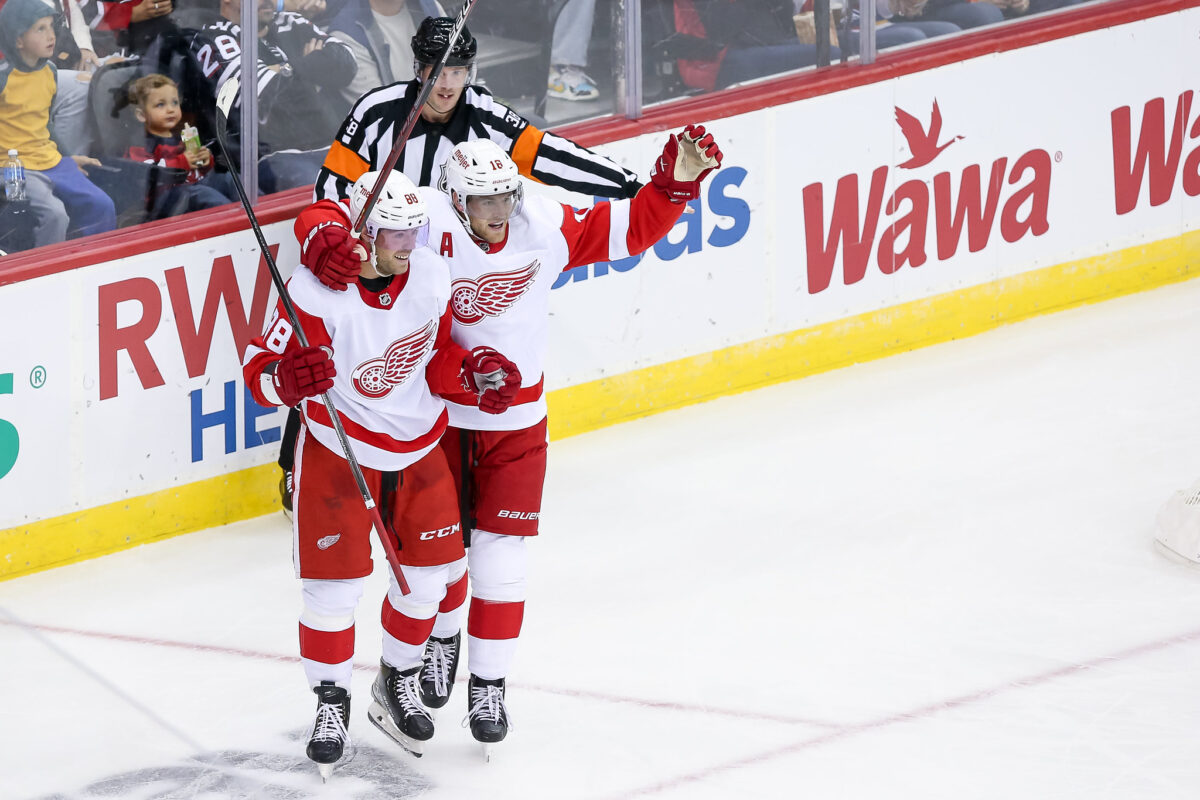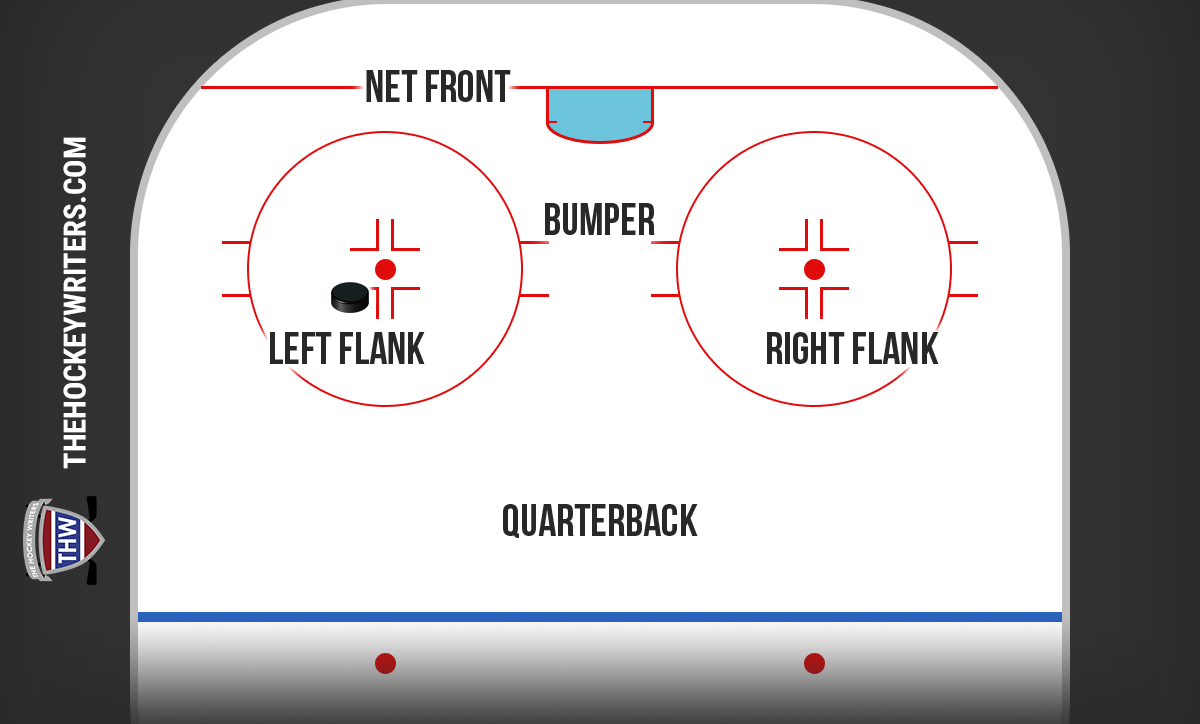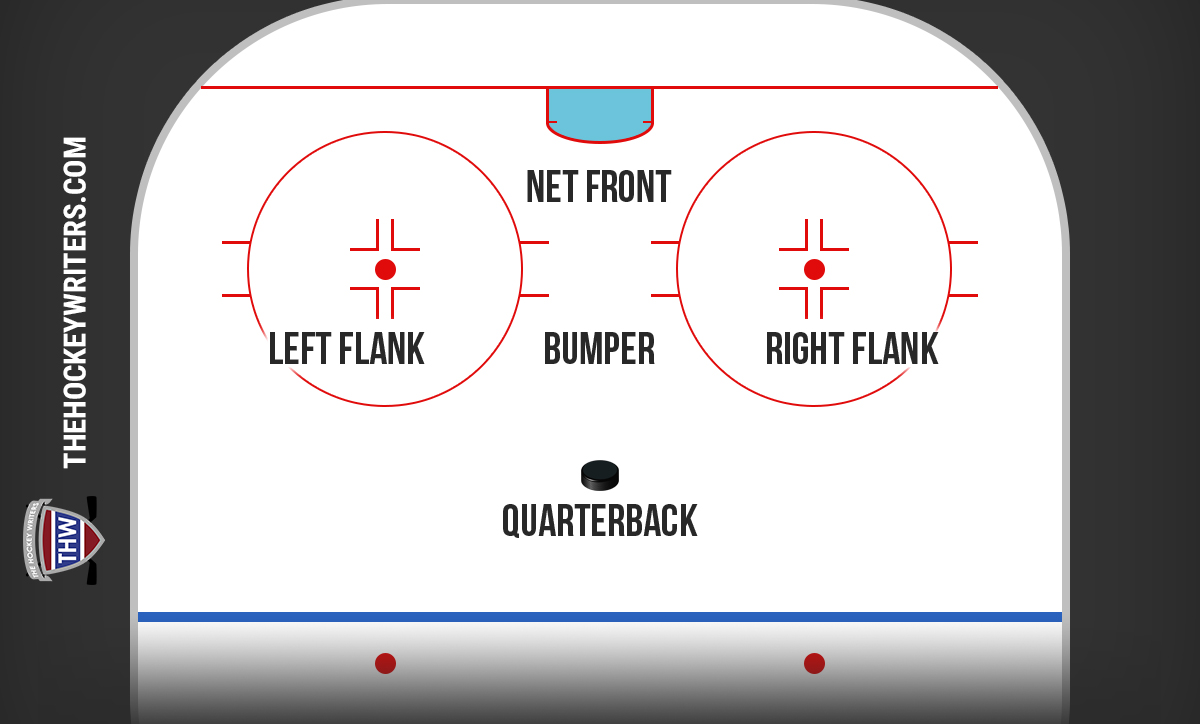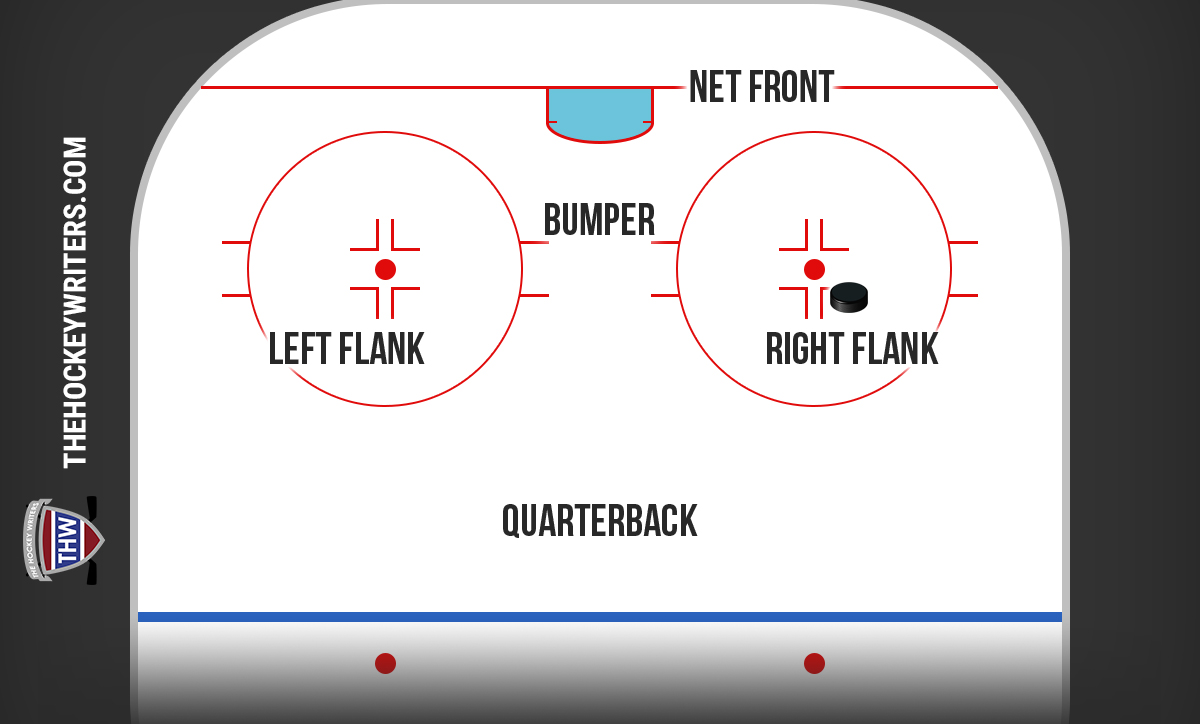Over the last three weeks, the Detroit Red Wings’ roster has been in a constant state of flux. Injuries, a suspension, a signing, and several call-ups have forced Derek Lalonde to shuffle the lineup on a seemingly nightly basis.
Now that David Perron’s suspension is over and Klim Kostin is the only skater on injured reserve, the Red Wings have an opportunity to adjust the lineup and move forward with some consistency. Here’s how I would approach things.
Optimal Red Wings Lineup
Below is the lineup that I think will help the Red Wings right the ship and get back into the playoff mix.
| LW | C | RW |
| Andrew Copp | Dylan Larkin | Lucas Raymond |
| Alex DeBrincat | J.T. Compher | Patrick Kane |
| Robby Fabbri | Joe Veleno | David Perron |
| Christian Fischer | Michael Rasmussen | Daniel Sprong |
| LD | RD |
| Jake Walman | Moritz Seider |
| Ben Chiarot | Jeff Petry |
| Olli Maatta | Shayne Gostisbehere |
Starting with the first line, the Red Wings should reunite Dylan Larkin and Lucas Raymond. The two generate substantially more offense together at five on five than when they are apart.
Detroit should also try out Andrew Copp as the third member of the first line. He plays a responsible game and can be effective as the first man in on the forecheck.

If Copp isn’t able to build chemistry with Larkin and Raymond after a handful of games, then the Red Wings can test other forwards. Robby Fabbri, Michael Rasmussen, and Joe Veleno could be fits.
Patrick Kane and Alex DeBrincat should remain on their own line, though. Kane hasn’t had consistent linemates since he joined the team – some stability with DeBrincat and J.T. Compher would go a long way. In addition, the latter’s two-way prowess and past success centering offensively inclined wings in Colorado should allow the three to gel nicely.
Related: Red Wings’ 3 Most Dangerous Shooters
On defense, I want to see more of Olli Määttä in 2024. He has produced stronger defensive numbers at five on five—expected goals-against, scoring chances-against, high-danger chances-against—than Justin Holl while contributing more offensively. Määttä has better penalty kill numbers as well, and that’s Holl’s strong suit.
At this point, the Red Wings should roll with the six defensemen listed above. The former Maple Leaf can sub in periodically. If a forward has to miss time, then Detroit’s should shift to their 11 forwards/7 defensemen lineup, dress Holl, and have him focus primarily on defensive situations and the penalty kill.
Optimizing Detroit’s Power Play
The Red Wings’ power play seems to oscillate between ice-cold and red-hot streaks. I don’t think the problem is the 1-3-1 structure – it’s more of a chemistry issue given the fluctuating lineup.
Before diving into how to refine the power play, here’s a quick refresher on how the Red Wings line up. Note that players shift around depending on where the puck is, with the main example being the original bumper moving to a “net front” (side of net, technically) when the puck goes to the right flank, and the original net front player shifting into a “bumper” role.



Detroit’s power play is most effective when they utilize the bumper and net front players. If not, the puck stays to the outside and in front of the penalty killers, which is not ideal for creating quality chances.
The bumper, in particular, can create chaos. First, they’re in a prime location to put the puck on net. And second, penalty killers collapse on the bumper when they have the puck, opening up space for the flanks and net front. The quick passes to and from the bumper can be difficult for goalies to track, especially with penalty killers clogging the slot.
In addition, the Red Wings have found success when the flanks and quarterback rove around the top of the zone and swap positions. It’s easy for one of them to get lost in coverage with two penalty killers defending them.
Where the Red Wings get into trouble is when they defer to one or two players. We’ve seen this lately with Patrick Kane’s arrival. It’s not that Kane is a puck hog—he’s not—the other players keep giving him the puck to do something with. Instead, they should use all five players on the ice to create quality chances.
With that being said, here are the power play units that I think will be most effective:
| Position | PP1 | PP2 |
| Quarterback | Moritz Seider | Shayne Gostisbehere |
| Left Flank | Alex DeBrincat | Daniel Sprong |
| Right Flank | Patrick Kane | Lucas Raymond |
| Bumper | Dylan Larkin | Robby Fabbri |
| Net Front/Side of Net | David Perron | J.T. Compher |
The main takeaway from these lines is that Moritz Seider needs to be on PP1. His 20.71 shots per 60 with the man advantage in December tops that of Shayne Gostisbehere (8.61 shots per 60). The Red Wings need to shoot. Seider does that.
Final Word
It’s been a tough stretch for the Red Wings. Their 3-6-1 December record pushed them out of a playoff spot.
It’s not too late, though. A few lineup tweaks and some much needed consistency thereafter will go a long way in helping the Red Wings gain ground in the Eastern Conference playoff race.
Data courtesy of Natural Stat Trick.
